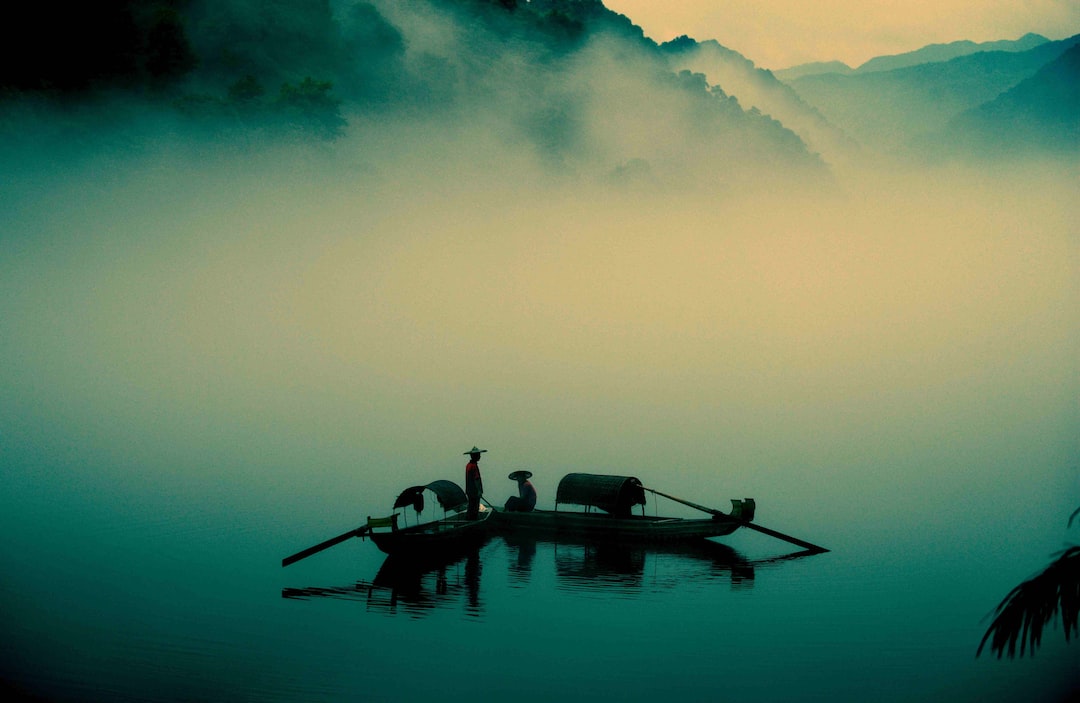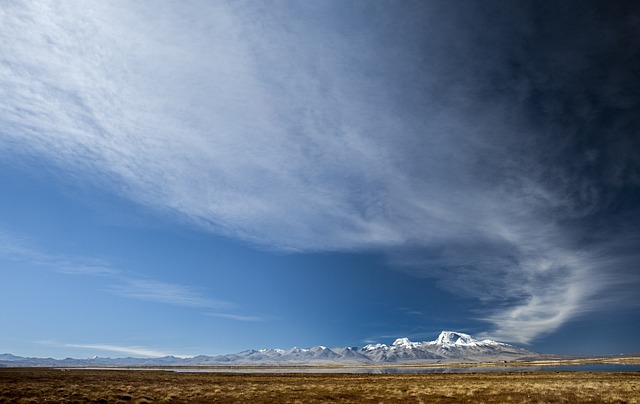Exploring the Sacred Mount Kailash: An Ultimate Guide for Pilgrims and Adventurers
For centuries, Mount Kailash has captivated the hearts of the faithful from various religions and intrigued bold explorers. Yet, despite its allure, this peak has remained unconquered. Our comprehensive guide offers background information, trekking highlights, access details, and essential travel tips.
Content Overview
- Why Mount Kailash Holds Significance
- The Location of Mount Kailash
- Traveling to Mount Kailash: Different Routes Explored
- Travel Documentation for Mount Kailash
- The Climate of Mount Kailash Region
- Activities and Experiences around Mount Kailash
- Understanding Altitude Sickness and How to Prepare
Why Mount Kailash Holds Significance
At 6,638 meters (21,778 feet) high and known as "the Stairway to Heaven," Mount Kailash stands as the crown jewel of the Kailash mountain range. Its ascent is forbidden to honour its sanctity.
Mount Kailash is a venerated peak in Tibetan Buddhism, Hinduism, Bön, and Jainism. For Hindus, it is the abode of Shiva, the supreme divine entity. Tibetan Buddhists believe it houses Buddha Demchok, symbolizing enlightenment. It is often depicted as the nexus of the spiritual and physical planes.
A stone's throw away lies Lake Manasarovar, one of the highest freshwater lakes in Tibet, revered for its spiritual significance.
The region also serves as the source for some of South Asia's most vital rivers, including the Indus, Ganges, and Brahmaputra.
Pilgrims annually embark on a Kailash 'yatra,' a sacred pilgrimage, which can include a 'kora' - circumambulation of the mountain considered to bring good fortune.
The Location of Mount Kailash
Mount Kailash resides on the southwestern frontier of the Tibetan Plateau in Ngari Prefecture, western Tibet, near the intersection of borders between the People's Republic of China, Nepal, and India. It is roughly 1,200 km (700 miles) from Lhasa and about 800 km (500 miles) from the Gyirong border of Nepal.
Nestled within the Gangdise Mountain range, Kailash stands prominent, paralleling the Himalayas in the Trans-Himalaya Range.
Traveling to Mount Kailash: Different Routes Explored
From Lhasa to Darchen
The journey from Lhasa to Darchen at the base of Kailash spans approximately 1,200 kilometers (700 miles), typically spanning across two days. The route includes a visit to the majestic Potala Palace in Lhasa, which allows for acclimation, followed by an overnight stay in Shigatse. En route to Darchen, travelers often pause in Saga and Payang, where acclimatization is advisable.
The scenic trail reveals Yamdrok Lake's azure waters, shadowed by towering peaks and interspersed with verdant grasslands and traditional Tibetan villages.
From Kathmandu via Gyirong Port
Travelers can opt for the road trip from Kathmandu towards Gyirong Port. Despite the short distance (around 170 kilometers or 100 miles), the road conditions can prolong the journey to up to 12 hours. Alternatively, a helicopter ride drastically reduces travel time, providing a smoother transfer to the port.
After spending a night near the port and traversing into Tibet, the drive to Mount Kailash unfolds over 670 kilometers (420 miles), leading to Darchen—a quaint town cradled at Kailash's feet.
Travel Documentation for Mount Kailash
Visitors entering Tibet from Nepal or China must secure a Chinese visa in advance and acquire a Tibet Travel Permit. Additionally, Aliens' Travel Permit and a Military Permit are mandatory for accessing the Mount Kailash region. Travelers seeking to explore Tibet can arrange for these documents, which support and ensure a permitted journey through the spiritual heartland.
The Climate of Mount Kailash Region
The overall climate in Tibet is commonly cold and arid, with harsher conditions in the west near Mount Kailash. Snow has been known to fall in June, the warmest month. Typical weather oscillates between 14°C (57°F) at the warmest and -12°C (10°F) at the coldest with substantial temperature drops at night.
The prime visitation period extends from May to September, which encompasses late spring and early autumn. During these months, warmer temperatures and lighter precipitations provide a more comfortable experience.
Activities and Experiences around Mount Kailash
The Kailash Kora
As climbing Kailash is prohibited, many opt for the 3-day kora, a sacred trek spanning 56 kilometers (35 miles) that circles the mountain. It presents varying altitudes, with Darchen as the starting point and Dolma La Pass as the trek's zenith.
Tibetan devotees often perform full-body prostrations throughout their journey as an act of reverence, which extends the kora to 15-20 days.
Lake Manasarovar Circumambulation
Just a short distance from Darchen, Lake Manasarovar stands out as a sublime freshwater lake, known for its crystalline waters. Pilgrims frequent its banks annually for ritualistic bathing believed to confer longevity.
The kora around Manasarovar is an alternative spiritual journey, offering lower altitude levels and a 3-4 day trek around its perimeter.
Exploring Monasteries Around Mount Kailash
Around Mount Kailash, you will discover monasteries steeped in Buddhist lore, each with stunning religious art and offering simple lodgings. Key sites include Choku/Nyari, Drirapuk, Gyangzha, Selung and Zutulpuk Monasteries, each presenting unique views and spiritual insight.
Altitude Sickness and Preparation
The high altitude can pose risks to visitors, and it is vital to prepare adequately for a trip to Kailash. Acclimatization in lower altitudes such as in Lhasa and Shigatse is recommended, as well as consulting a doctor for appropriate medication against altitude sickness. Adequate clothing, regular exercise before the journey, and staying hydrated can help mitigate the risks associated with high altitude conditions.
Maintaining communication with a travel guide for guidance and emergency support is also essential for a safe experience.
A Glimpse into the Pilgrimage: Kailash Yatra Movie Recommendation
For an immersive understanding of the Tibetan pilgrimage experience, the documentary 'Paths of the Soul' showcases the story of 11 Tibetans on their yatra to Mount Kailash. This film provides a profound look into the devotees' resilience and spiritual devotion.



